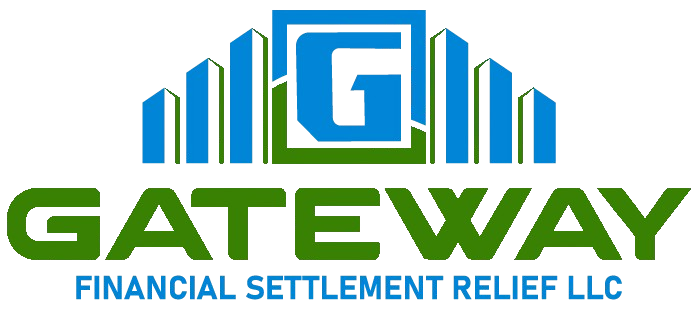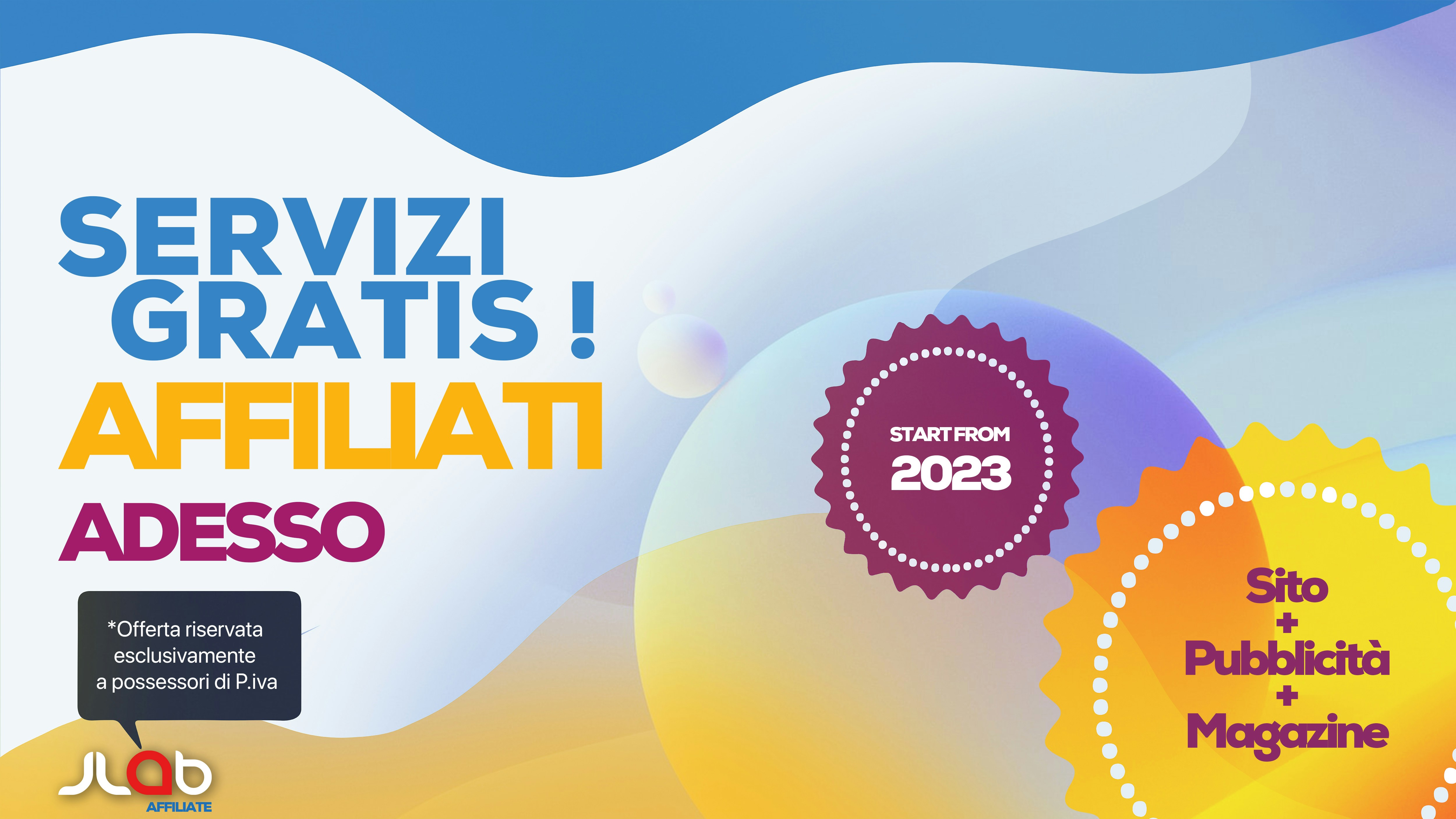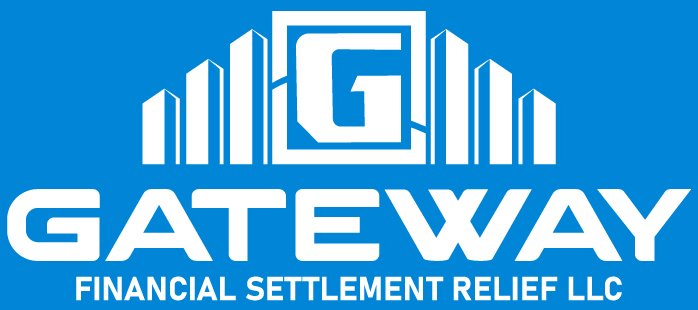Understanding Debt: A Brief Overview
Debt is a financial obligation that arises when an individual or entity borrows money with the intention of repaying it in the future. Various forms of debt exist, including secured debt, such as mortgages and auto loans, where the borrowed amount is backed by collateral. Conversely, unsecured debt includes credit card balances and personal loans, which do not require collateral. Both types can significantly impact an individual’s financial condition and overall well-being.
Common reasons for falling into debt include unexpected medical expenses, job loss, and poor financial management. For many, an emergency, such as a sudden illness or car repairs, may lead to the need for immediate funds, prompting the use of credit cards or personal loans. Others may find themselves reliant on debt to maintain their lifestyle, leading to an accumulation of credit card balances that become increasingly difficult to manage.
The emotional and financial consequences of debt can be profound. Individuals often experience heightened stress and anxiety due to their financial situation. The burden of not being able to meet payment obligations can lead to feelings of shame and guilt, creating a cycle that is hard to break. Consequently, the stress related to debt may affect personal relationships, work performance, and overall mental health.
Acknowledging the existence of debt and its repercussions is essential for those seeking financial freedom. Understanding the various forms of debt and their implications provides a foundational knowledge that is crucial for exploring appropriate debt relief options. With the right strategies and support, it is possible to navigate the complexities of debt and work towards a healthier financial future.
Debt Consolidation Loans
Debt consolidation loans are a financial strategy that allows individuals to combine multiple debts into a single loan, often with more favorable repayment terms. This type of loan can simplify the management of various debts such as credit cards, personal loans, and medical bills, leading to potentially lower monthly payments and reduced interest rates. By consolidating debts, borrowers can streamline their payments, making it easier to maintain their financial obligations and improve their overall cash flow.
The process of obtaining a debt consolidation loan typically involves applying for a new loan that covers the total amount of your existing debts. Once approved, the funds from the consolidation loan are used to pay off those debts, leaving the borrower with a single payment to manage. Many people find this option suitable when they have high-interest debts and seek to reduce the cost of servicing these debts over time. Furthermore, significant benefits can arise if individuals qualify for a lower interest rate than their existing loans, potentially leading to substantial savings.
However, it is imperative to consider both the advantages and drawbacks of debt consolidation loans. While they can lead to reduced monthly payments and lower interest rates, they may sometimes come with additional fees, such as origination fees or closing costs. Borrowers must also be cautious of extending their loan term, which could result in paying more interest in the long run. Moreover, if not managed properly, this approach might lead to a cycle of accumulating more debt without addressing the underlying financial habits that contributed to the debt initially.
Ultimately, debt consolidation loans can be an effective tool for those seeking a more manageable approach to their financial landscape, particularly if their debts are overwhelming and they seek to regain control of their finances.
Path 2: Hardship Loans
Hardship loans are specific financial products designed to assist individuals facing temporary difficulties that impede their ability to meet routine financial obligations. Typically, a hardship is recognized when a sudden event, such as job loss, medical emergencies, or unexpected repairs, disrupts one’s financial stability. Lenders often have defined criteria to determine whether a borrower’s situation qualifies as a hardship. Such criteria may include the nature of the financial difficulty, the duration of its impact, and the borrower’s overall financial history.
These loans can serve as advantageous solutions for those in urgent need of financial assistance. Hardship loans frequently provide fast access to funds, which can alleviate immediate financial pressure. Furthermore, they often come with lenient qualification requirements, making them accessible to individuals who may not qualify for traditional loans due to poor credit or insufficient income. This flexibility allows borrowers to navigate through tough financial moments without facing exorbitant penalties or prolonged debt.
However, it is crucial to approach hardship loans with caution. While they can offer temporary relief, these loans often carry relatively high-interest rates and fees, which may lead to further financial strain if not managed appropriately. Additionally, reliance on such loans can result in the accumulation of further debt, creating a cycle of borrowing that can be challenging to escape. Individuals considering a hardship loan should evaluate their ability to repay the loan and explore alternative options, such as budgeting, seeking assistance from nonprofit organizations, or negotiating payment plans with creditors. In essence, while hardship loans can provide immediate solutions, thorough consideration of their long-term implications is essential for sound financial management.
Understanding Debt Settlement
Debt settlement is a financial strategy used by individuals struggling with overwhelming debt. This approach involves negotiating with creditors to reduce the amount owed, enabling the debtor to pay a lump sum that is less than the original debt. The primary goal is to achieve a feasible payment arrangement that satisfies both parties, thus alleviating financial pressure on the debtor.
The debt settlement process typically begins with the individual or a professional debt settlement company evaluating the debtor’s financial situation. This assessment includes reviewing outstanding debts, income, and other financial obligations. Following this, negotiations are initiated with creditors, who may agree to accept a lower amount than what is owed, allowing the debtor to clear their account while avoiding bankruptcy.
One of the significant advantages of debt settlement is the potential to reduce the total debt burden, providing relief to individuals overwhelmed by financial obligations. Moreover, completing a debt settlement can have a less severe impact on the debtor’s credit score compared to bankruptcy, though it is still likely to affect creditworthiness negatively and may remain on the credit report for up to seven years.
However, debt settlement is not without its drawbacks. There is no guarantee that creditors will accept the settlement offer, and the process can take several months or even years. Furthermore, creditors may view settled debts as an indicator of financial instability, leading to difficulties in securing future credit. Given these factors, it is advisable for individuals considering this option to be fully aware of their financial standing and seek professional advice if necessary.
In certain situations, debt settlement can be highly effective. For instance, individuals facing significant financial distress and unable to meet monthly payments might benefit from this option. Moreover, those with unsecured debts, such as credit cards and medical bills, may find debt settlement a more attractive alternative than bankruptcy, providing a pathway toward eventual financial recovery.
Understanding Bankruptcy as a Debt Relief Option
Bankruptcy is a legal process that provides individuals and businesses with a method to address their debts when they are unable to repay them. The two most common types of bankruptcy for individuals are Chapter 7 and Chapter 13, each with distinct features and implications.
Chapter 7 bankruptcy, often referred to as liquidation bankruptcy, involves the sale of non-exempt assets to repay creditors. This process typically leads to the discharge of most unsecured debts, allowing the debtor a clean slate. However, it is essential to note that not all debts can be discharged, including certain tax liabilities and child support obligations. Filing for Chapter 7 can significantly impact an individual’s credit score, often resulting in a decrease that may take years to recover from.
In contrast, Chapter 13 bankruptcy is designed for individuals with a regular income who wish to restructure their debts and create a manageable repayment plan over three to five years. This type allows debtors to keep their assets, making it a more appealing option for many. Nevertheless, it also requires the debtor to adhere strictly to the repayment plan, and failure to do so can lead to the dismissal of the case and potential loss of assets.
Considering bankruptcy is a significant decision that requires careful reflection. It may be suitable for individuals overwhelmed by debts exceeding their ability to repay, particularly in cases of significant medical expenses, unemployment, or unexpected financial crises. However, potential bankruptcy filers should be aware of the long-term consequences associated with filing. Beyond the immediate credit implications, bankruptcy can affect various aspects of one’s life, such as eligibility for loans, employment opportunities, and even insurance premiums.
In conclusion, while bankruptcy serves as a legitimate avenue for debt relief, it is crucial to understand its underlying ramifications fully. Individuals must weigh the benefits and challenges before proceeding with this path, considering both immediate and long-term impacts on financial health and personal circumstances.
Comparing the Options: Which Path Is Right for You?
When confronted with financial difficulties, individuals often find themselves at a crossroads, needing to determine the best course of action for debt relief. The landscape of debt relief options is diverse, encompassing various strategies, each tailored to different financial circumstances and objectives. Understanding these options can aid in making an informed decision.
One of the most common methods is debt consolidation, which involves combining multiple debts into a single loan with a potentially lower interest rate. This route can simplify payments and reduce the overall monthly financial burden. However, it is crucial to assess whether the new terms will genuinely offer benefits or simply extend the repayment timeline.
Debt settlement, on the other hand, represents an alternative approach, whereby individuals negotiate with creditors to settle their debts for less than the total owed. While this method can provide significant savings, it is often accompanied by risks, such as potential damage to credit scores or legal repercussions if negotiations fail. Understanding these implications is vital when considering this path.
Bankruptcy may emerge as a last resort for some, particularly in situations where debts are overwhelming and other options may not be feasible. It has the potential to discharge certain types of debt entirely but does carry lasting consequences, particularly on one’s credit history. Given its complexities and severity, it is advisable to thoroughly explore other avenues before considering this drastic step.
Each option for debt relief has its advantages and disadvantages. As individuals navigate this landscape, evaluating personal financial situations, credit standings, and long-term goals is essential. Engaging with a financial advisor can provide tailored insights, allowing for a clearer judgment on which path may suit one’s needs best. Always remember that the choice of debt relief should align with one’s financial wellness strategy.
The Importance of Professional Guidance
When individuals find themselves grappling with debt, the situation can often seem overwhelming. It is during these challenging times that the importance of seeking professional guidance becomes particularly pronounced. Financial professionals possess the expertise and knowledge necessary to help navigate the complexities associated with various debt relief options. By offering personalized advice tailored to individual circumstances, these experts can significantly enhance one’s journey toward financial freedom.
Consulting with financial advisors or credit counselors can open up new perspectives regarding debt management strategies. They are equipped to conduct thorough assessments of one’s financial situation, helping to identify the specific types of debt involved, interest rates, and monthly obligations. This analysis is crucial because it allows the professional to recommend the most suitable course of action, whether it involves debt consolidation, negotiation, or even bankruptcy. The complexities inherent in financial decisions can be daunting; therefore, having an experienced guide can alleviate much of the confusion and uncertainty.
Moreover, professionals provide ongoing support throughout the debt relief process. This could involve regular check-ins to monitor progress and adjust strategies as needed, ensuring that individuals remain on track toward achieving their financial goals. This kind of support can be vital not just for motivation, but also for maintaining accountability, which can help prevent falling back into old financial habits. Additionally, professionals are often well-versed in the latest legislation and financial regulations, ensuring that their clients are aware of their rights and options under the law. This knowledge can empower individuals to make informed decisions with confidence.
In conclusion, the value of professional guidance in navigating debt relief options cannot be overstated. Engaging a financial expert can truly make a difference in achieving and sustaining financial health, ultimately steering individuals toward a path of lasting financial freedom.
Common Misconceptions about Debt Relief
Debt relief options can often be surrounded by confusion and misconceptions which hinder individuals from making informed financial decisions. One prevalent myth is that all debt relief programs are identical; however, each option—whether it be debt consolidation, bankruptcy, or debt settlement—has distinct characteristics and implications. Debt consolidation, for instance, involves combining multiple debts into a single loan, typically with a lower interest rate. Many believe that this automatically reduces their overall debt, but this is not the case unless they actively manage their finances post-consolidation.
Another common misunderstanding revolves around bankruptcy. Some view it as an easy escape route and a guaranteed solution to their financial troubles. However, bankruptcy can have severe long-term consequences on one’s credit score, making it challenging to secure loans or credit cards in the future. Furthermore, not all debts may be discharged through bankruptcy, and certain assets might be liquidated to satisfy creditors, which can be a significant risk for individuals considering this option.
Debt settlement is also often misunderstood. Many people believe that debt settlement firms can negotiate better terms on their behalf without any drawbacks. In reality, while settling debts for less can provide short-term relief, it may also lead to tax implications, as forgiven debt can be considered taxable income. Additionally, relying on settlement firms can sometimes delay resolution and negatively impact credit scores due to missed payments during negotiations.
To navigate these complexities, it is crucial for individuals to educate themselves and seek professional advice before opting for any debt relief strategy. Dispelling these misconceptions will empower individuals to pursue the most suitable option tailored to their unique financial circumstances without falling prey to misleading narratives.
Next Steps: Taking Action on Your Debt
Once you have decided on a preferred debt relief option, the important next step is to create a structured plan to guide your actions. Begin by assessing your current financial situation in detail. This includes identifying all your debts, their respective interest rates, and the deadlines for payments. Having a clear understanding of your financial obligations will empower you to make informed decisions moving forward.
After establishing your financial overview, consider setting specific, achievable goals. These goals might include paying off a certain amount of debt each month, consolidating loans, or improving budgeting skills to avoid future debt. Setting both short-term and long-term goals will clarify your path and provide motivation while tackling your debt relief journey.
Consulting with professionals can also play a crucial role in your success. Depending on the complexity of your financial situation, you may want to schedule consultations with financial advisors, credit counselors, or debt relief specialists. Make sure to come prepared for these meetings with all necessary documentation, including a list of debts, income details, and your budget. This preparation will enable the experts to provide tailored advice that suits your circumstances and aligns with your chosen debt relief strategy.
Staying motivated throughout this process can be challenging. Regularly reminding yourself of the reasons you are pursuing debt relief is vital. Establish a support system, whether through friends, family, or community resources; sharing your goals can help maintain accountability. Additionally, tracking your progress and celebrating small victories along the way can significantly enhance your motivation to stay committed to achieving financial freedom.


